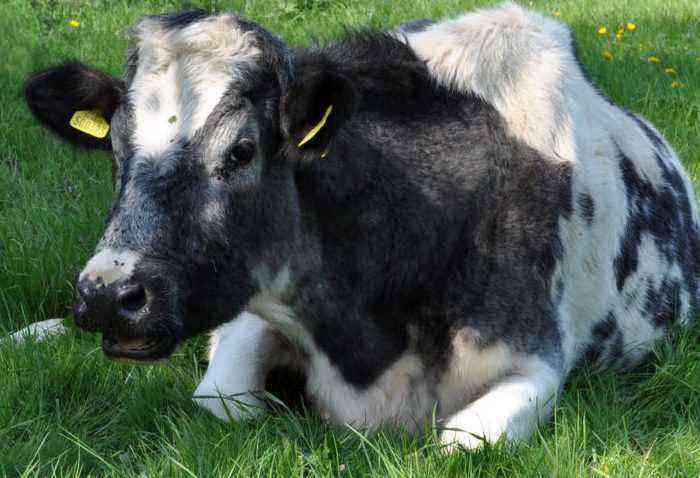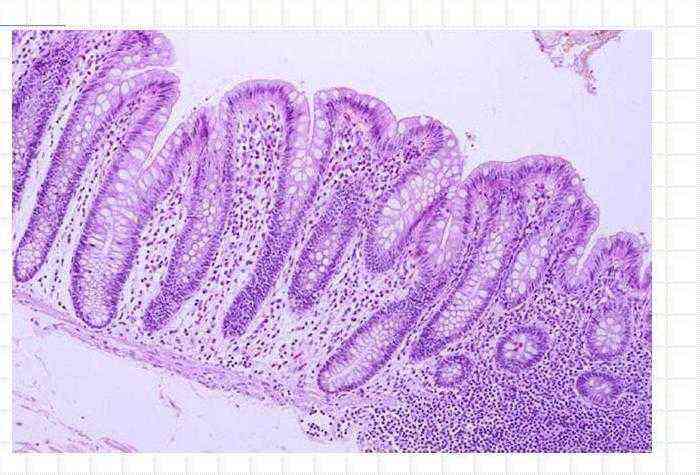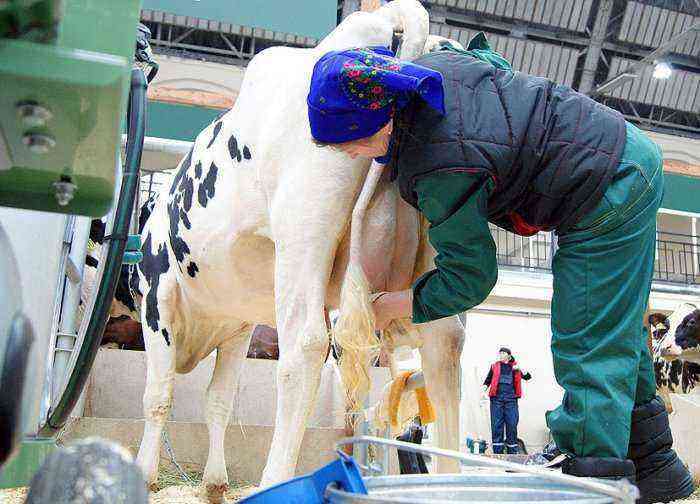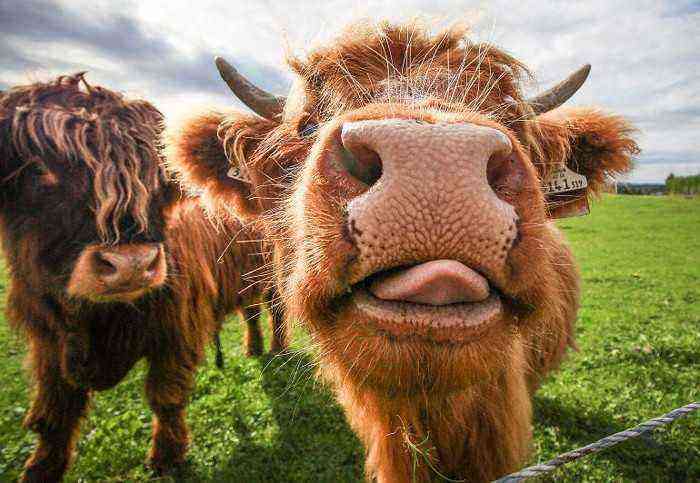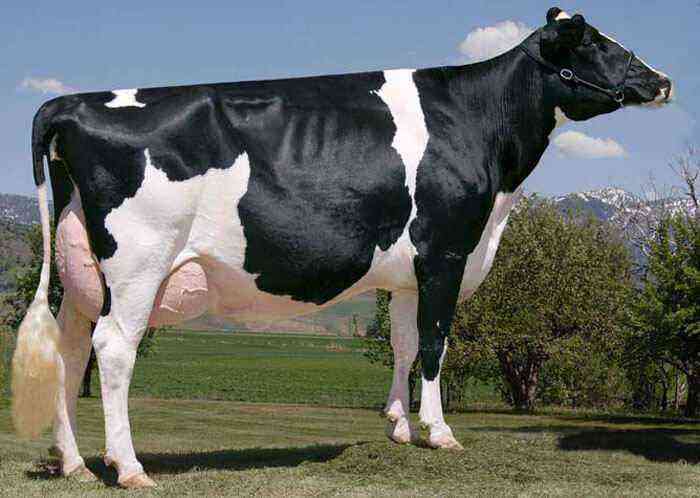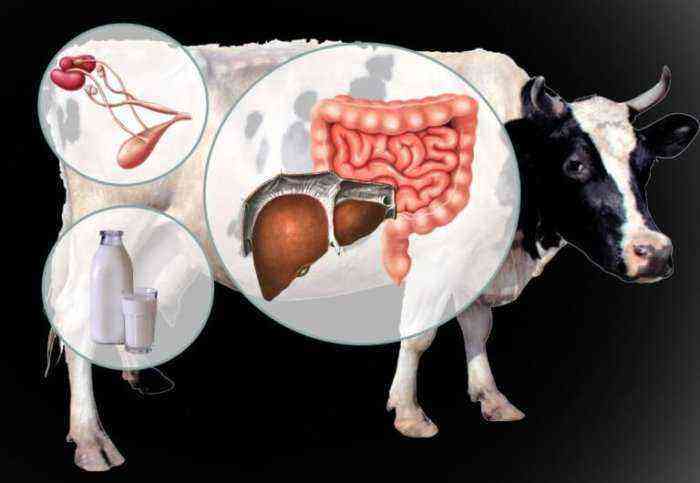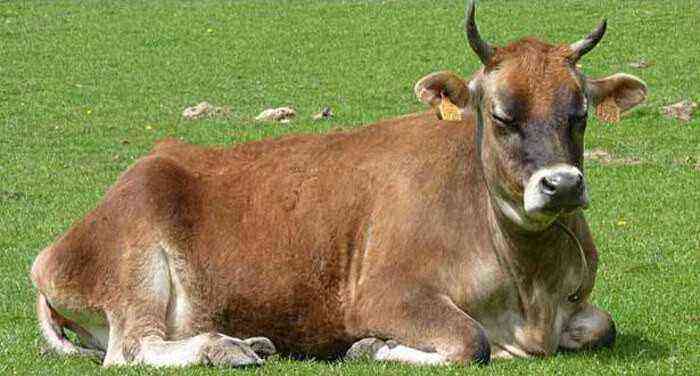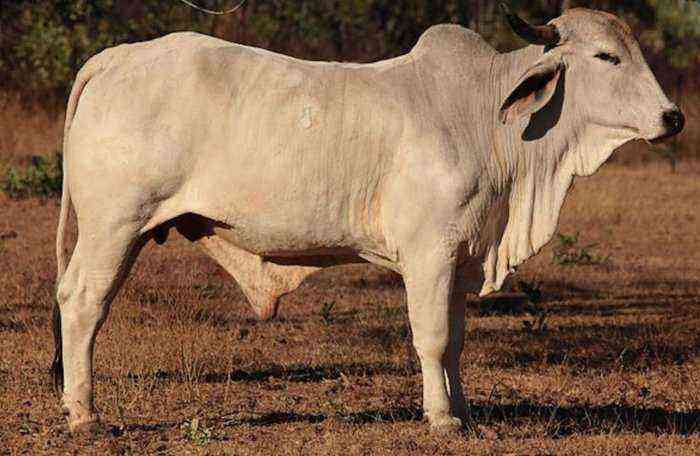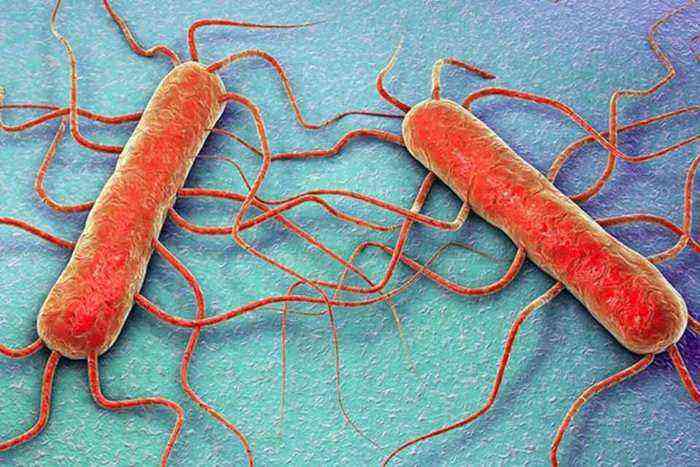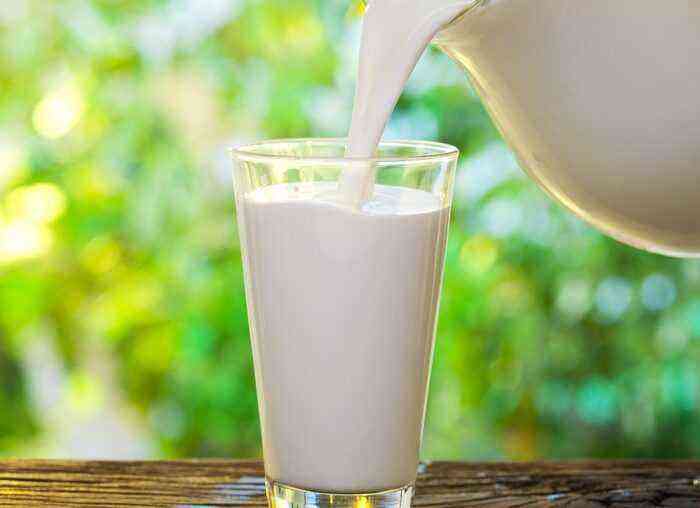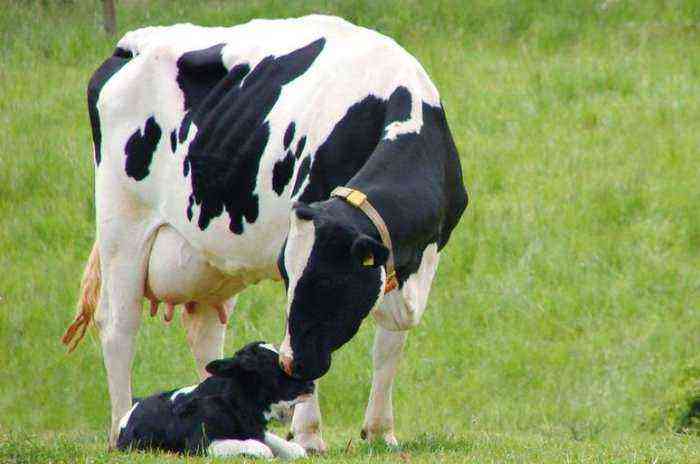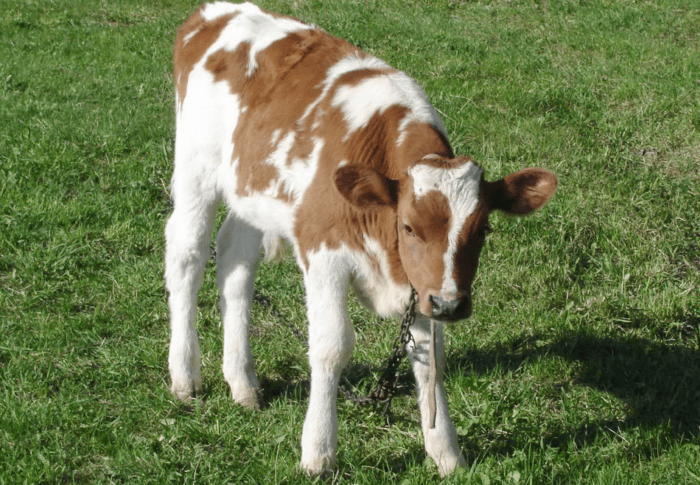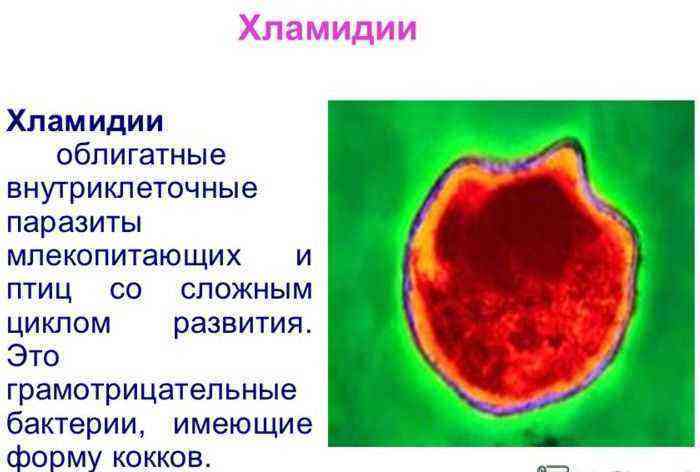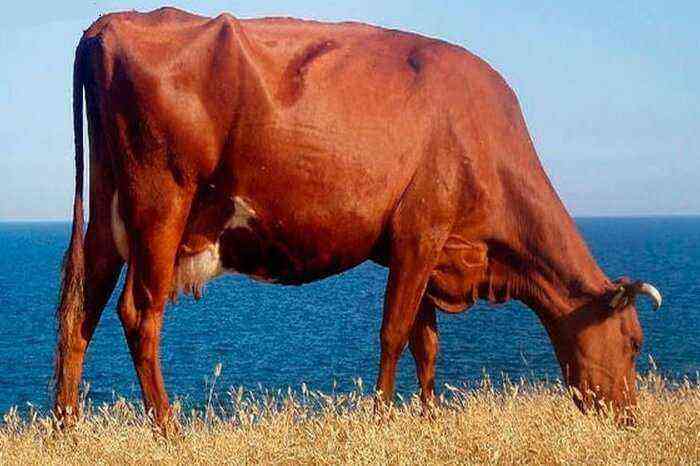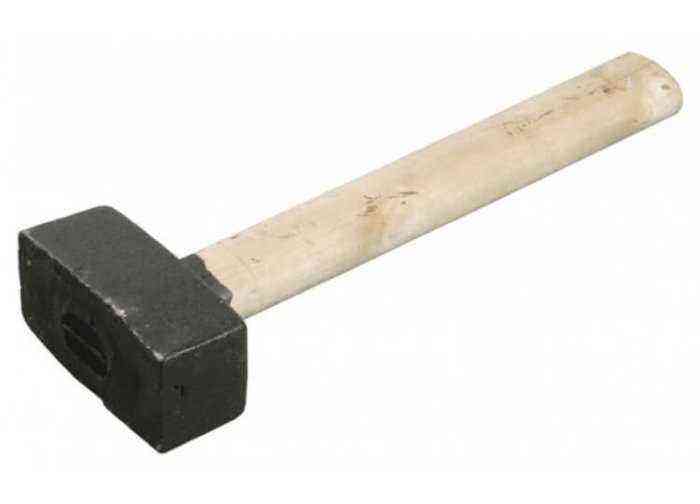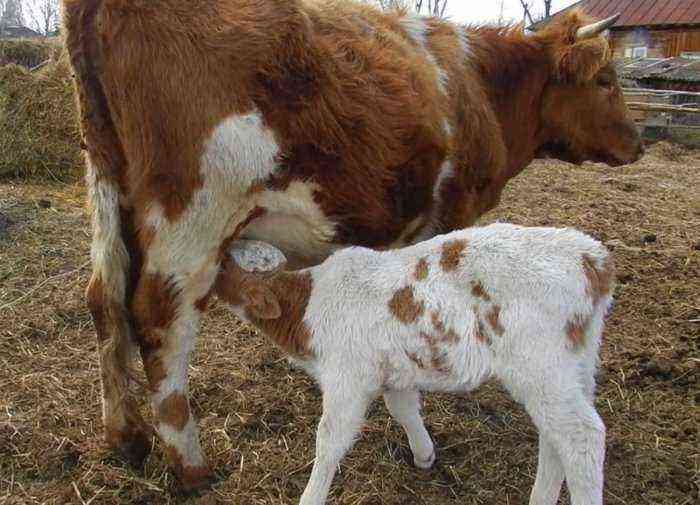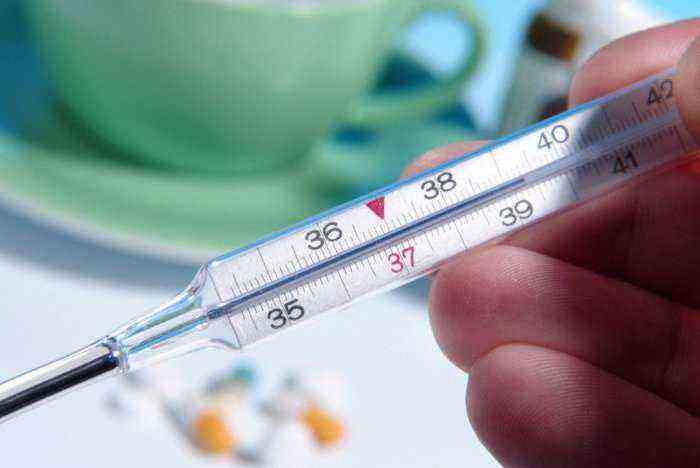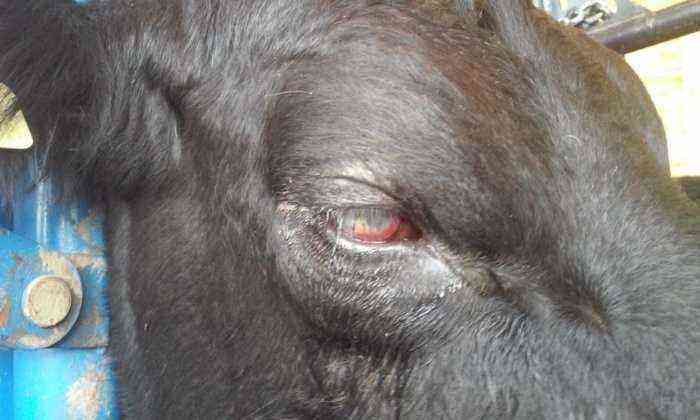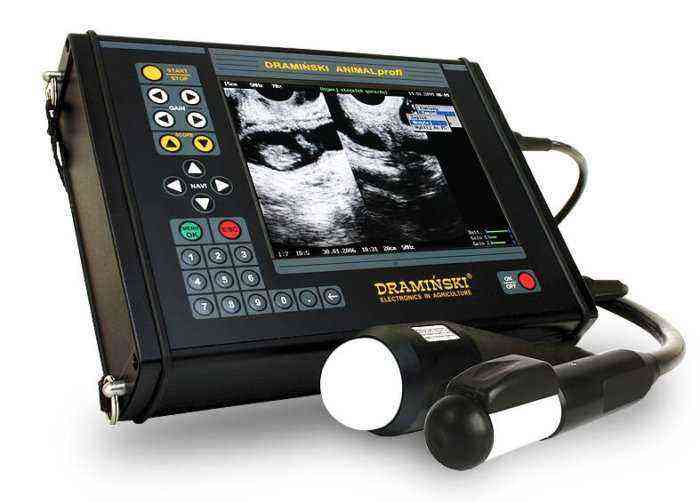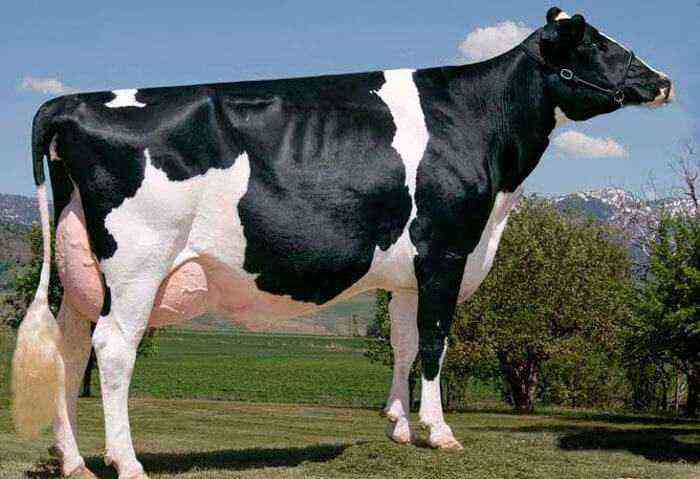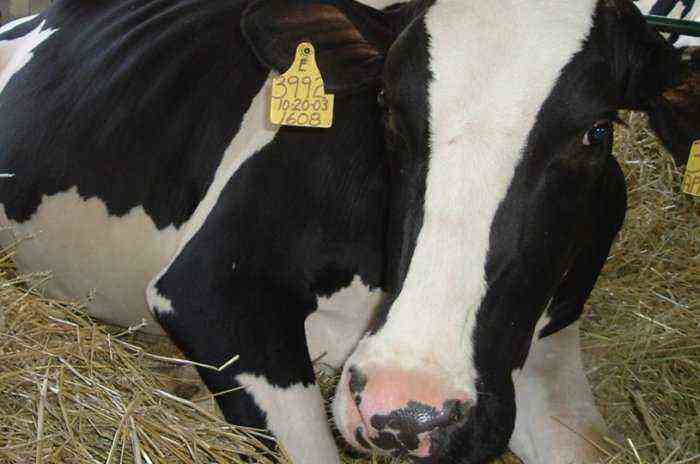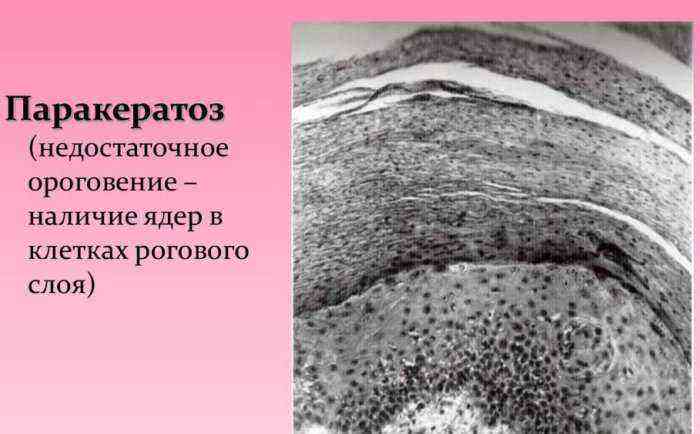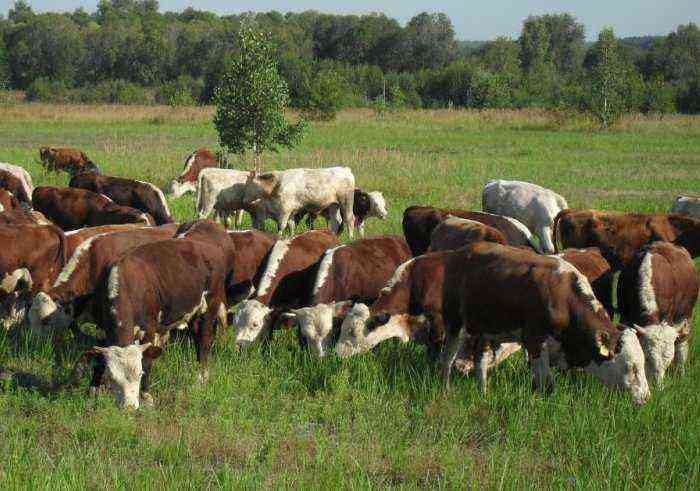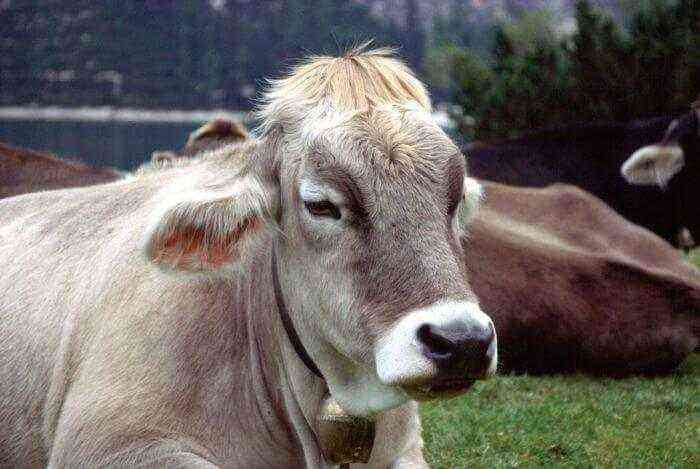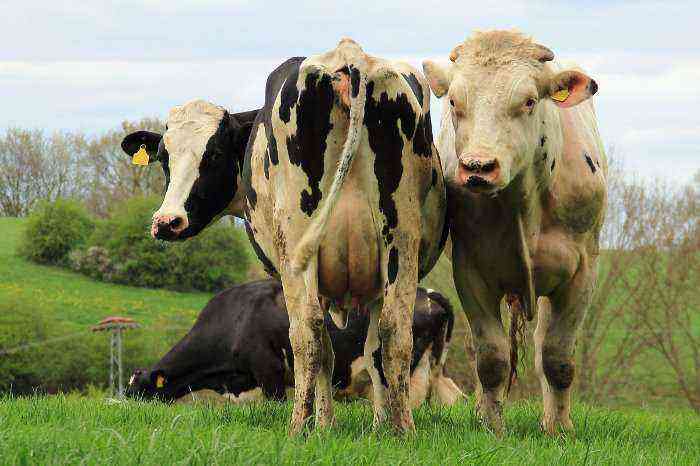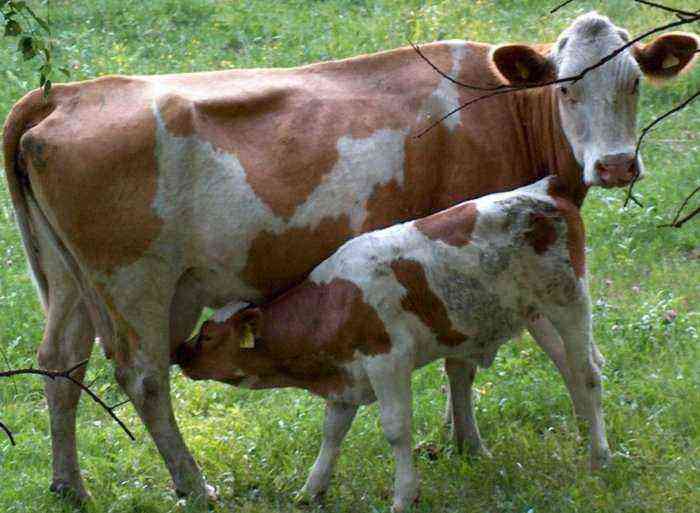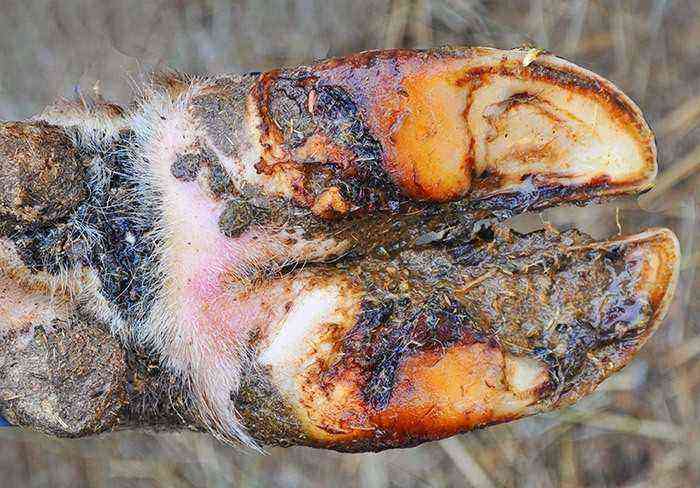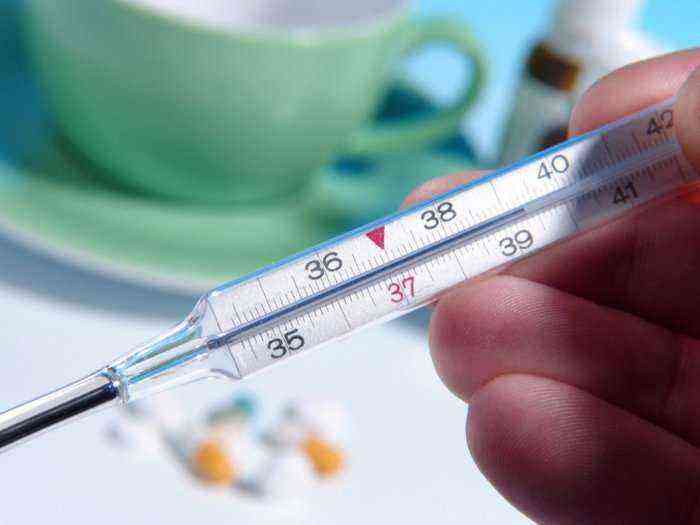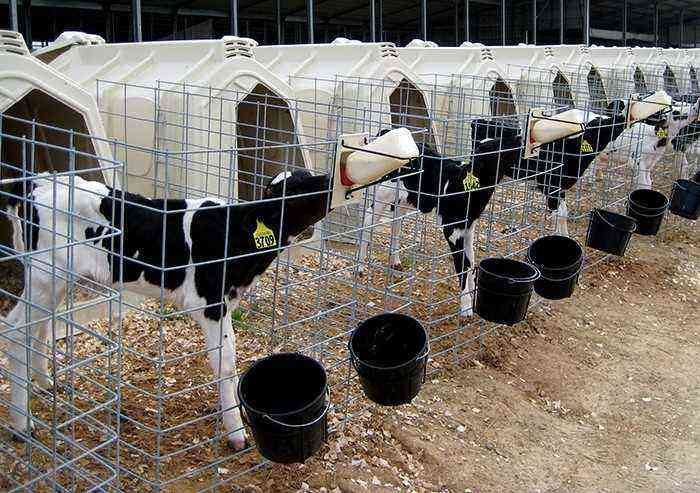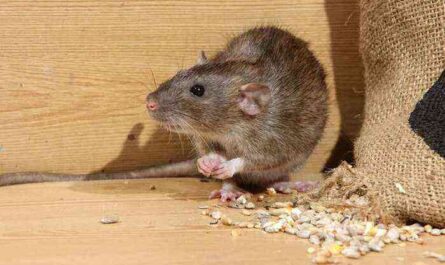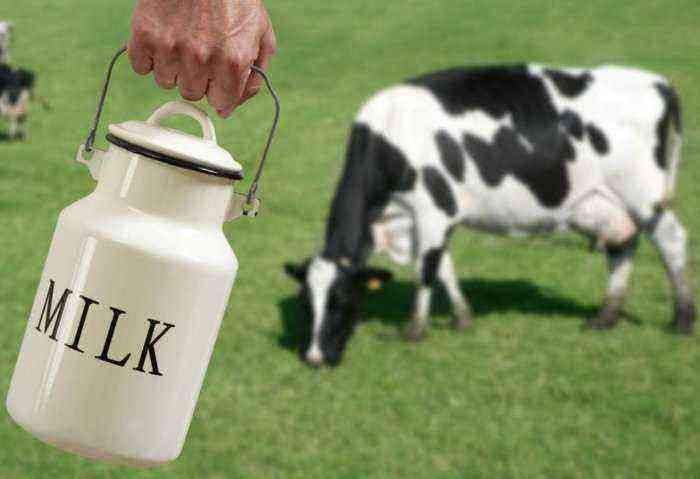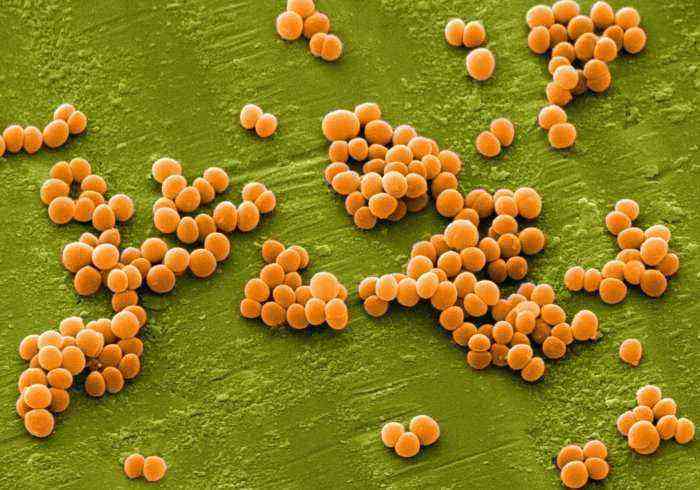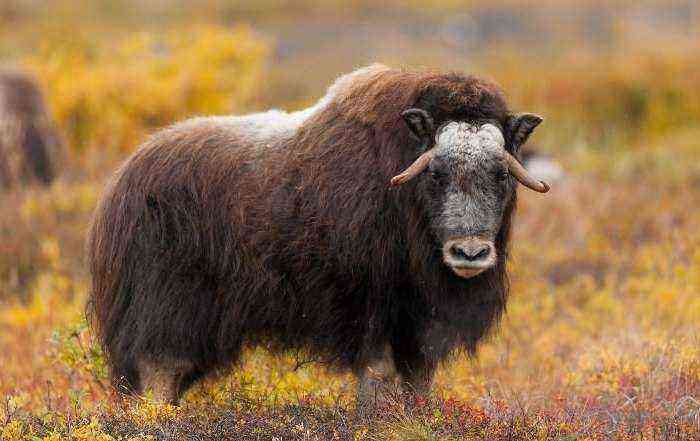Fresh meadow herbs are a natural source of nutrients and vitamins for cattle. When feeding such food in animals, productivity increases significantly, health improves. In addition, grazing cows on pasture is much more economical than constantly providing them with feed in a stall. But, it should be remembered that grazing is most effective only if a number of conditions are met.
Fresh meadow herbs
Proper grazing of cows
Properly organizing cattle feeding is easy if you plan to graze 3-4 cows. If a large herd (100-150 heads) of a cattle-breeding enterprise has to graze, then such a procedure requires a separate approach.
The first issue to pay attention to is the right choice of pasture. For a day, a cow is able to eat up to 50 kg of herbs. Therefore, the pasture must contain a sufficient amount of succulent grass. In addition, cattle are not very willing to graze on grass below 15 cm and above 35 cm. In the first case, the greenery is not yet juicy enough. In addition, grazing in such an area can greatly slow down the further growth of plants. In the second case, the feed is already too hard and it is difficult for the cow to digest it.
It is also necessary to clearly compare the size of the herd with the type of pasture. In this case, the rules apply:
- Grazing in the meadows is carried out for a herd in which there are no more than 120 goals.
- On forest pastures, it is divided into groups of 50-60 individuals.
This will greatly simplify the care and control of animals.
Grazing starts in the morning. Animals provide the highest productivity if the grazing time is 8-10 hours. To do this, he is taken out to pasture in the morning for 4-5 hours and in the afternoon for the same time period.
In the summer heat, cattle are driven out to pasture from 4 to 9 o’clock in the morning. After that, he is allowed to rest in a covered pen or barn until 5 o’clock and is driven out again until about 9-10 o’clock in the evening. During periods of grazing, animals must have access to water.
Important! The pasture should be used until the amount of grass on it is reduced to 50%. Then the animals are driven out to a new territory, and the old one is allowed to rest for 25 days.
Cows should not be grazed in a clover field immediately after being driven out of the barn. Such greens will quickly lead to tympania. It is better to transfer livestock to clover after grazing in another, less food-rich area. This will greatly improve digestion. You should also avoid herbs such as wormwood, wild onion, colza. They can significantly spoil the taste of dairy products.
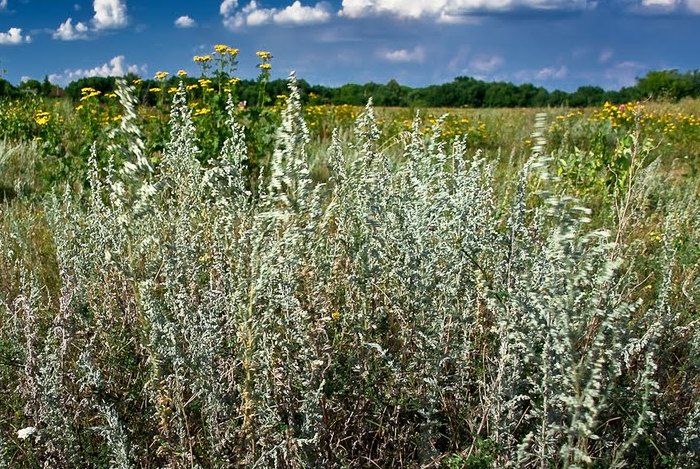
Wormwood can’t be fed
If a cow provides above average daily milk quotas, she must be fed concentrated feed. They do this:
- during the entire grazing period, if pastures are sparsely vegetated;
- from the end of July on normal pastures, when the amount of fiber in the grass is reduced.
By the end of September, concentrates and roughage are gradually introduced to the entire livestock, while reducing the grazing time. As soon as the first serious frosts make themselves felt, grazing stops.
When is the first time to drive out cows in the spring?
When pasture animals in the spring, it is extremely important to wait for the optimal time. If this is done very early, the cows will trample the roots of the plants, which means that the site will exhaust itself faster, losing the ability to renew itself. When grazing starts late, the grass can already grow a lot, which for animals will be fraught with overeating and digestive problems.
It is best to start grazing cattle when the height of the vegetation reaches 15 cm. In this case, the transition should be carried out smoothly during the week. First, in the morning and in the evening, the cow should be fed with hay, and the grazing time should be increased every day, starting from 2-3 hours. It is also desirable to put troughs with concentrates and mineral top dressing on the pasture, which will help replenish the reserves of macro- and microelements, fiber and carbohydrates. Common salt and compositions based on calcium and phosphorus are suitable as top dressing.
What can happen to cows in the pasture without preparation?
Before the first pasture on the pasture, animals are carefully prepared for this event. Preparation includes the following activities:
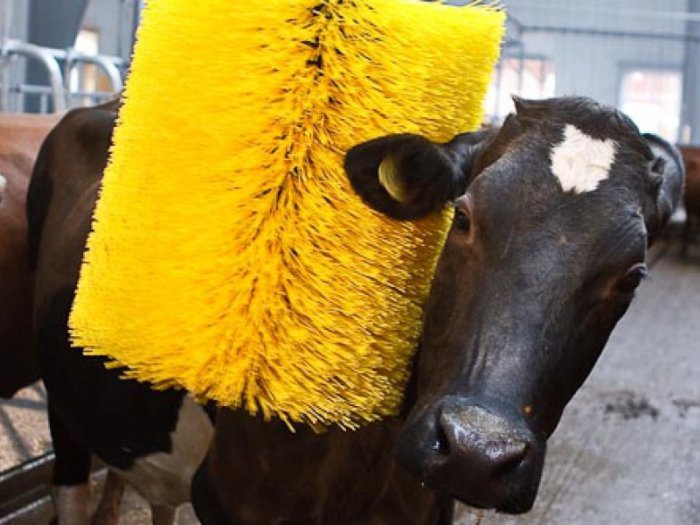
cow cleaning
- Cleaning and examination by a veterinarian. During the period of stall keeping, the animal may develop diseases and deviations, which will be much more difficult to detect on the pasture.
- Vaccination. Grass can carry various infections and parasite larvae, and cattle, especially young animals, without vaccines, often become infected with them without a vaccine.
- Trimming horns. During the transition period, the cows are quite excited and if the sharp edges are not removed, they can easily injure each other.
- Hoof trimming. Untrimmed hooves often develop cracks through which infection can enter.
- Gradually transfer livestock to grazing. Changing the diet too quickly will lead to diarrhea, a sharp drop in milk production, tympania, and weight loss.
Important! It is worth inspecting the pasture in advance and removing all debris, snags and stones that can harm cows, cut overgrowth and shrubs.
Conclusion
Regular grazing of the herd on the pasture, subject to the specified norms, can increase the productivity of cattle by 30% in the summer. In addition, if there is an abundance of natural pastures in the region, such a benefit comes almost for free. Therefore, this method is the most popular among most domestic and foreign breeders.

